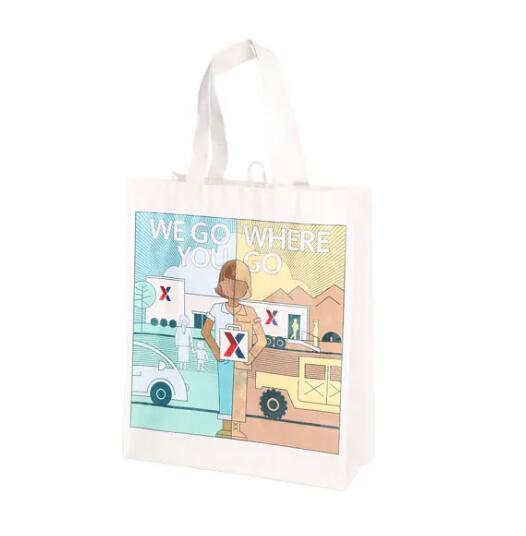The Evolution of Shopping Bags: From Convenience to Sustainability
2024-09-10
Shopping bags are an everyday item that most of us take for granted, but they play a significant role in our daily lives. Whether it's a trip to the grocery store, a quick stop at the mall, or an online order being delivered to your door, shopping bags are an essential part of the retail experience. However, as the world becomes more aware of environmental concerns, the humble shopping bag has undergone a significant evolution. In this blog, we'll explore the journey of the shopping bag, from its convenience-driven origins to its current focus on sustainability.
The Early Days of Shopping Bags
Shopping bags, as we know them today, didn't exist until the mid-19th century. Before that, consumers would bring their own containers or baskets when shopping. The invention of the paper shopping bag in 1852 by American Francis Wolle marked a significant shift in how people carried their goods. Wolle’s design was simple, durable, and cost-effective, leading to widespread adoption in grocery stores and markets.
By the early 20th century, paper bags with handles were introduced, adding convenience for shoppers carrying heavier items. These bags became a staple of retail, and their design continued to evolve as technology improved. However, the real game-changer came in the 1960s with the introduction of the plastic shopping bag.
The Rise of Plastic Shopping Bags
In 1965, Swedish engineer Sten Gustaf Thulin invented the modern plastic shopping bag, which quickly gained popularity due to its low cost, durability, and ability to be mass-produced. Retailers around the world embraced plastic bags because they were lighter and more resistant to moisture than their paper counterparts.
By the 1980s, plastic bags had largely replaced paper bags in supermarkets and retail stores globally. The lightweight, waterproof, and reusable nature of plastic made it the dominant choice for many years. However, the environmental impact of plastic bags soon became a major concern.
The Environmental Impact of Plastic Bags
While plastic shopping bags offered convenience, their widespread use led to serious environmental problems. Plastic bags are non-biodegradable, meaning they can take hundreds of years to break down in landfills. Additionally, plastic bags often end up in oceans and waterways, where they pose a threat to marine life and ecosystems.
Environmental campaigns and studies revealed the extent of the pollution caused by plastic bags, leading to a push for alternatives. Governments and organizations around the world began to ban or tax plastic bags, encouraging retailers and consumers to seek more sustainable options.
The Shift to Sustainable Shopping Bags
In response to the growing environmental concerns, the retail industry began to explore eco-friendly alternatives to traditional plastic shopping bags. This led to the development of reusable bags, made from materials such as cotton, jute, and recycled plastics.
1. Reusable Tote Bags: These are often made from natural materials like cotton, jute, or canvas. Reusable totes have gained immense popularity due to their durability and the fact that they can be used multiple times, reducing the need for single-use plastic bags.
2. Biodegradable Bags: Some retailers have opted for biodegradable bags made from plant-based materials like corn starch or sugarcane. These bags decompose more quickly than plastic and offer a more sustainable option for consumers.
3. Recycled Plastic Bags: Many companies are producing shopping bags made from recycled plastics, reducing the demand for virgin plastic materials. These bags help close the loop by turning waste into a usable product.
The Future of Shopping Bags
The future of shopping bags lies in sustainability and innovation. As more consumers become eco-conscious, businesses are being pushed to offer greener alternatives. This includes not only using sustainable materials but also adopting practices that encourage bag reuse and recycling.
In many countries, plastic bag bans have led to an increase in the use of compostable bags, biodegradable options, and even paper bags with improved strength and durability. The focus is shifting from convenience to a combination of functionality and environmental responsibility.
Conclusion
The shopping bag has come a long way from its humble beginnings as a simple paper sack. Today, it stands as a symbol of environmental awareness and the need for sustainable solutions in everyday life. As consumers and businesses alike move towards more eco-friendly practices, the evolution of the shopping bag will continue to reflect the growing demand for sustainability, making it a small yet significant part of the larger effort to protect our planet.



